
Hadera, which is situated a few miles north of Netanya, got its name from the Arabic word for green. The city lives up to its name with many parks, forests and green spaces. Also, in general, as you move further north, the people become friendlier and more relaxed, and the city’s vibe reflects this.
Hadera is home to several unique museums, but the most unusual among them is the Salt and Pepper Museum, which holds the Guinness World Record for the most number of salt and pepper shakers in the world.
There are 27,000 salt and pepper shakers, divided in 86 categories, made of every material, from all over the world. But this is only a drop in the bucket. Eitan Bar On, 65, who owns the museum, has a total of 92,000 salt and pepper shakers divided between Israel and Larnaca, Cyprus, where he lives half the time. Bar On plans to build another museum,but not until the hostages are all returned to Israel.
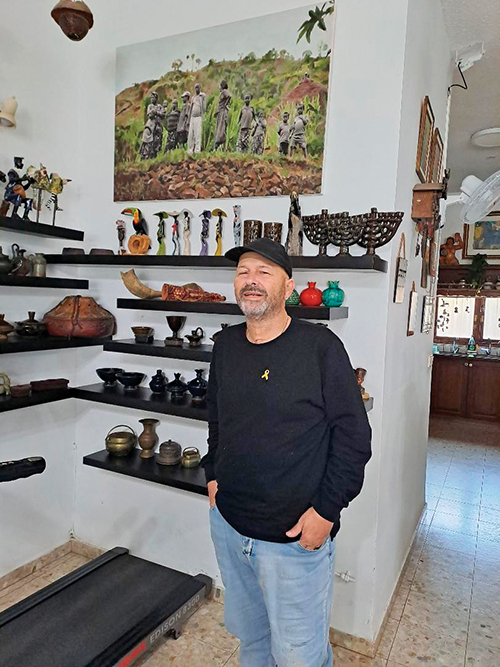
A former lieutenant colonel, Bar On donates the profits from his museum to higher education for soldiers, providing 80 scholarships a year of 3,000 shekels each. He also donates part of his profits to actress Gila Almagor’s Wish Foundation, which grants sick children’s wishes. Bar On takes 50 children a year along with their parents and medical staff for a four day holiday.
Bar On, who is a successful entrepreneur, philanthropist and author, began the museum (which now has four rooms) on his large, pastoral property in the Brandeis neighborhood of Hadera.
It started in 2014, with a friend bringing him a monkey salt and pepper shaker as a gift because he likes monkeys. People saw the shaker and brought him more. Following complications from gastric bypass surgery, which put Bar On in a coma for over four months, and from which doctors predicted he would not awaken, people began bringing him salt and pepper shakers during his two years of rehabilitation.

Bar On also suffered a stroke, which left him partially paralyzed on his left side. His therapy was picking up each salt and pepper shaker, and painstakingly arranging them on the shelves, which led to complete recovery.
There are so many shakers that it takes half a year to clean them all individually. The Guinness people spent three days at the museum in 2018, numbering each shaker. When the museum has doubles, or when one of a set breaks, they sell them to tourists, profits also going to the charities they support.
Many people have donated salt and pepper shakers to the museum and they continue to do so. A Jewish family from Tennessee donated 16,000. Bar On also received a collection of shakers from occupied Japan from a 97-year-old woman in England.
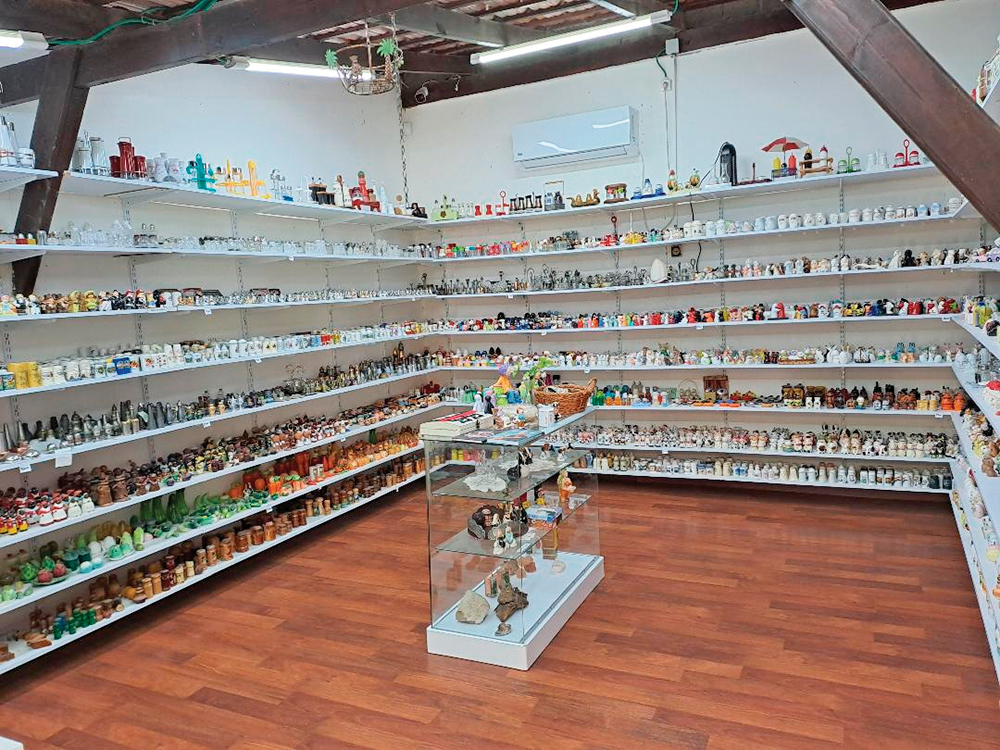
There are many commemorative shakers put out by companies like EL AL, and commercial shakers put out by Coca Cola, among others.
When one of their children got married, Bar-On and his wife, Ossi, gave out salt and pepper shakers with the names of the young couple as a memento, creating their own brand.

Each shaker has its own story and its own history. Bar On’s home and garden is home to many souvenirs from his world travels and his philanthropic activities, and if he’s at the museum he can regale you with many stories of enterprise, faith and hashgacha pratit.
Tours of the museum are by appointment only, and cost 20 NIS (about $5) per person. Since there are so many types and themes of shakers, collectors would predictably find something of interest among the many for sale.

Not far from the Salt and Pepper Museum is the Khan Museum of Hadera. Situated at the first site of settlement in the city—the Khan (Inn)—in the remains of the original building, it documents the history of Hadera from 1891 until the 1960s. The structure and surrounding lands were bought by The Hovevei Tzion Settlers’ Association, The museum houses artifacts and scenes of when settlers contended with swamps, malaria, the Ottomans, the British, and the changing mosaic of Israeli society, as immigrants went from being religious during the first Aliyah, to secular Zionists in the second, and eventually became exporters of oranges. The site has preserved status.
The museum is located beside the Great Synagogue, which was built during the 1930s, inaugurated in 1941, and is still in use. It has a distinctive watch tower because of the dangerous Arab riots during the time it was built.
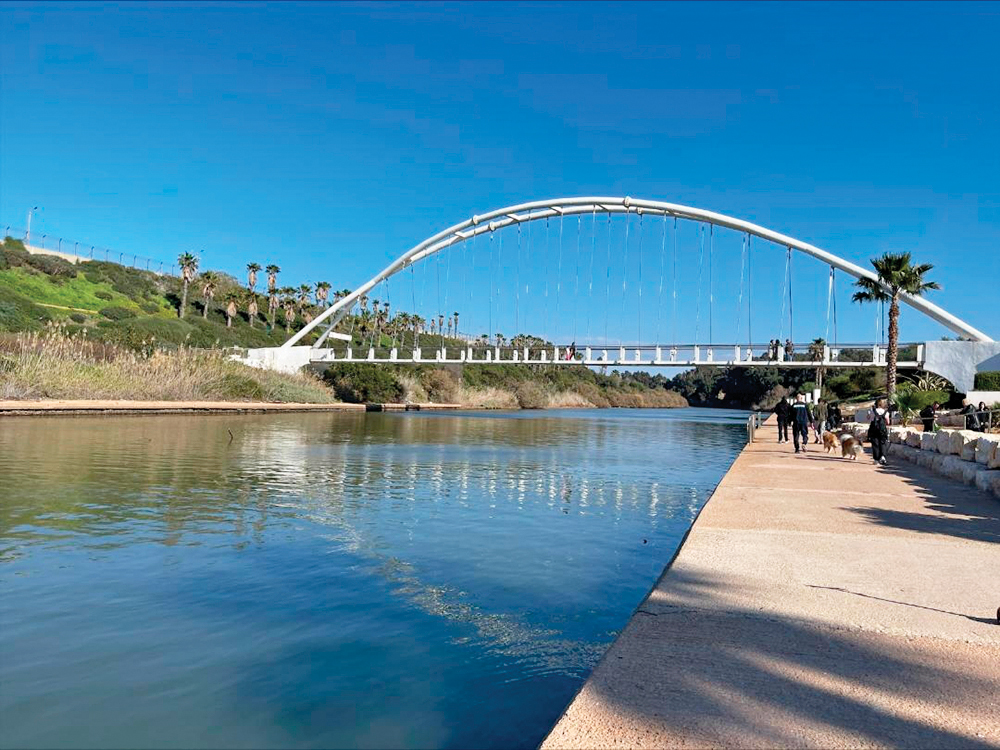
(Credit: Gal Sa’ada)
There are also outside exhibits of the agricultural tools of that era. A mural documents the three stages of settlement. The settlers wanted to be independent and, unlike other groups, staunchly refused help from Baron de Rothschild until much later. Their determination and stoicism is what led to the town being built.
The museum can be toured in about an hour and comes with an English brochure to guide you through it.
By now, you should be hungry. Down the street from the Khan is a restaurant called Opera. That was its original name when it was bought by the Ya’acobi family 50 years ago. It has a dairy restaurant/bakery that’s badatz leMehadrin and a meat restaurant that has regular kashrut, and serves Yemenite food. I have never in my life had such fast service as in this restaurant. The portions and service were generous, and you can enjoy Yemenite favorites like Yemenite soup, Malawach, spicy sauces, as well as other standard fare. The Opera was Hadera’s first restaurant and the food is authentic and delicious.
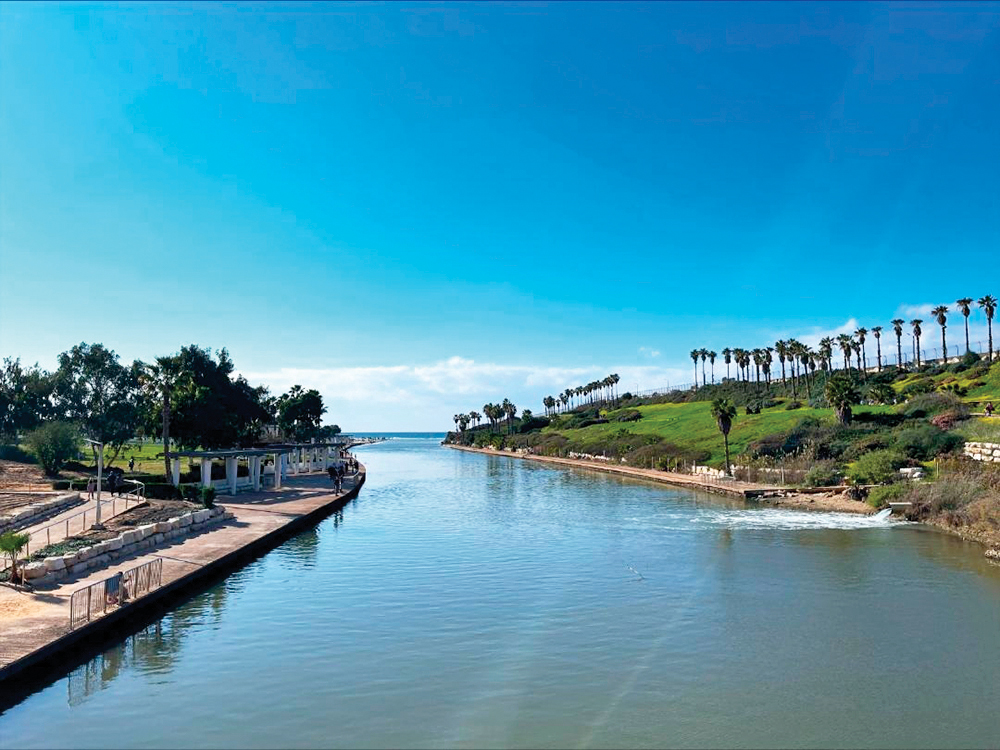
(Credit: Gal Sa’ada)
Now, you will probably want to walk off your meal and the place to do that is Nahal Hadera Park, on the other side of Hadera.
The park has several unusual attributes. First of all the nahal “river” is manmade and contains salt water that has been recycled by the adjacent power station. The warm water, pouring out of the pipes, flows into the sea and attracts sharks that come from Gibraltar between November and March to spawn.
According to the park’s director, Yossi Tordjman, only 30% of sharks are dangerous. Hadera’s sharks (including blue sharks, sandbar sharks and thresher sharks) come very close to the coast (to be near the warm water which is 10 degrees warmer than the sea water) and people swim quite close to them, though they are warned not to. So far, thank God, there haven’t been any interspecies incidents.
Park Nahal Hadera is an ecological park that was built together with the power station to counterbalance its potential negative effects.
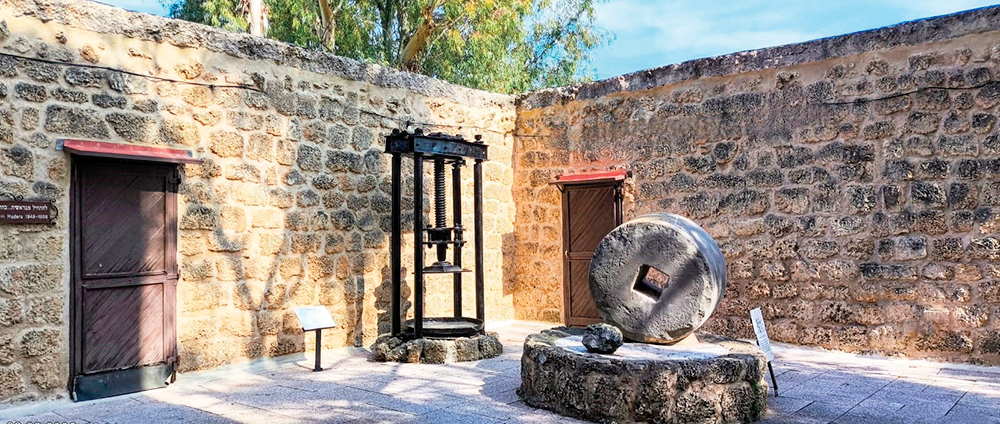
Tordjman has his own collection of cats. He feeds 60 strays every morning, if you want to visit the park first, to catch a glimpse of that. You definitely want to visit the park in daylight.
The river is a kilometer and a half long. The entire park is 500 Dunams (124 acres) and is part of the Israel National Trail.
Among the sculptures in the park is a monument to Avshalom Fineberg, Israel’s first spy, who came to Hadera to help drain the swamps there in the 1890s. He spied for the British against the Ottomans. Torjman relates that Fineberg disappeared, but they found his body two and a half years later buried under a date tree that had grown from the dates he always kept in his pocket. Every year, they have a ceremony of Israel’s intelligence soldiers by the monument.
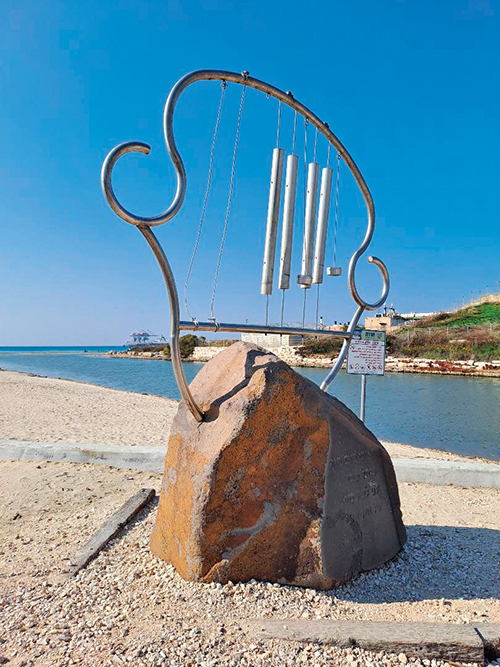
There’s also a sculpture in honor of Nachum Heiman, who wrote the music to a popular Israeli song, “Chofim” (Beaches) to the words of the poet Natan Yonatan. The words of the song say, “Beaches are sometimes longing for the river / I once saw a shore that was left by a river with a broken heart of sand and stone,” which aptly describes the scene it looks out over.
Hadera is a little-known treasure-house of tourist activity, and friendly Israeli locals. If you come to Israel at a time that’s wall-to-wall-tourists, Hadera can give you a respite from the throngs, while still providing an authentic experience rich in history, culture, legend and natural wonders.
Salt and Pepper Museum: Contact Ofira Golan: 054-248-9867
Khan Museum website: www.museum-khanhadera.org.il
Opera Restaurant: 61 HaNassi Street
Hadera is a culturally developing city. Contact Amira Moshe of the city council at: Amira2500@walla to inquire about or support cultural activities in Hadera.
Rosally Saltsman is a freelance writer, originally from Montreal, who lives in Israel. Come join her!









